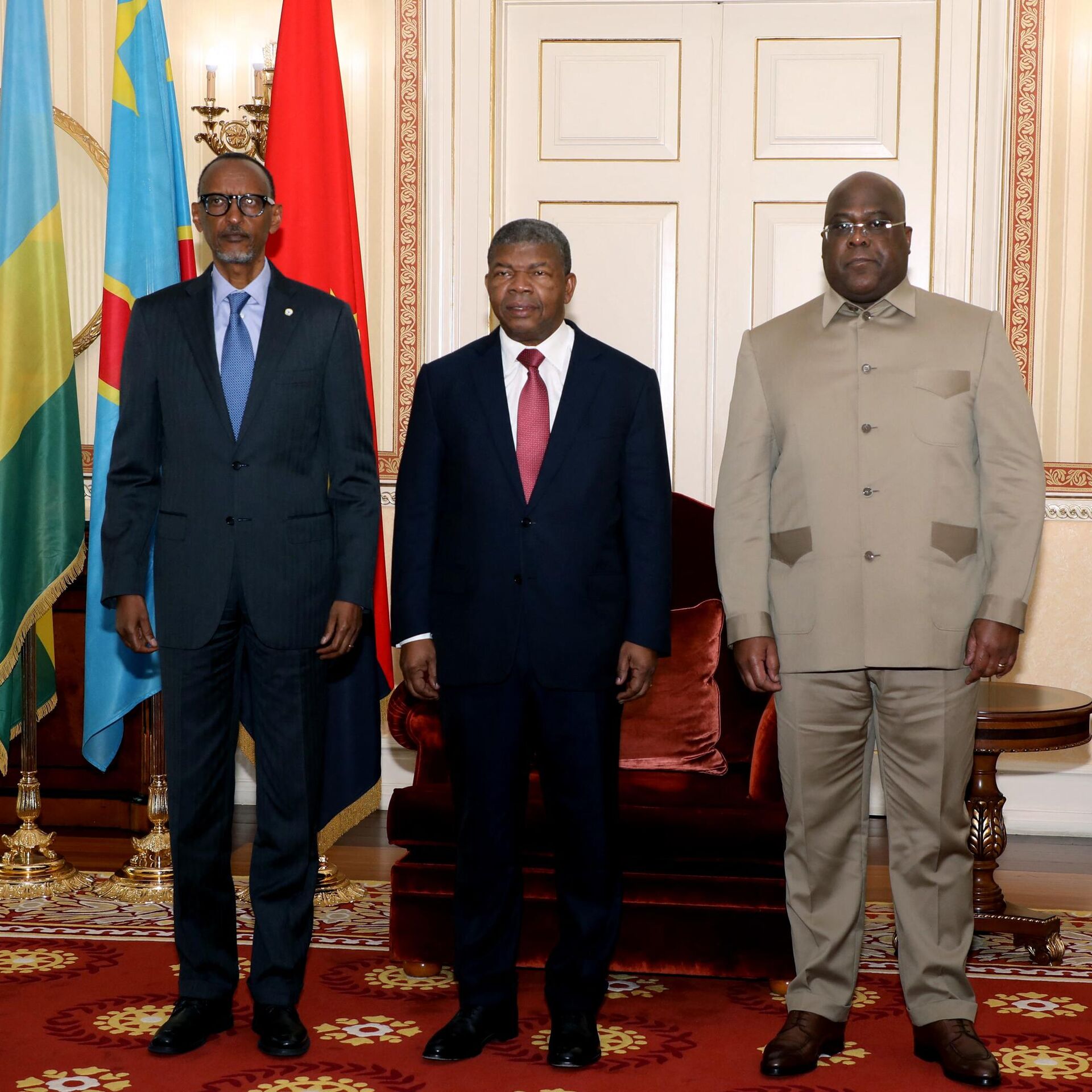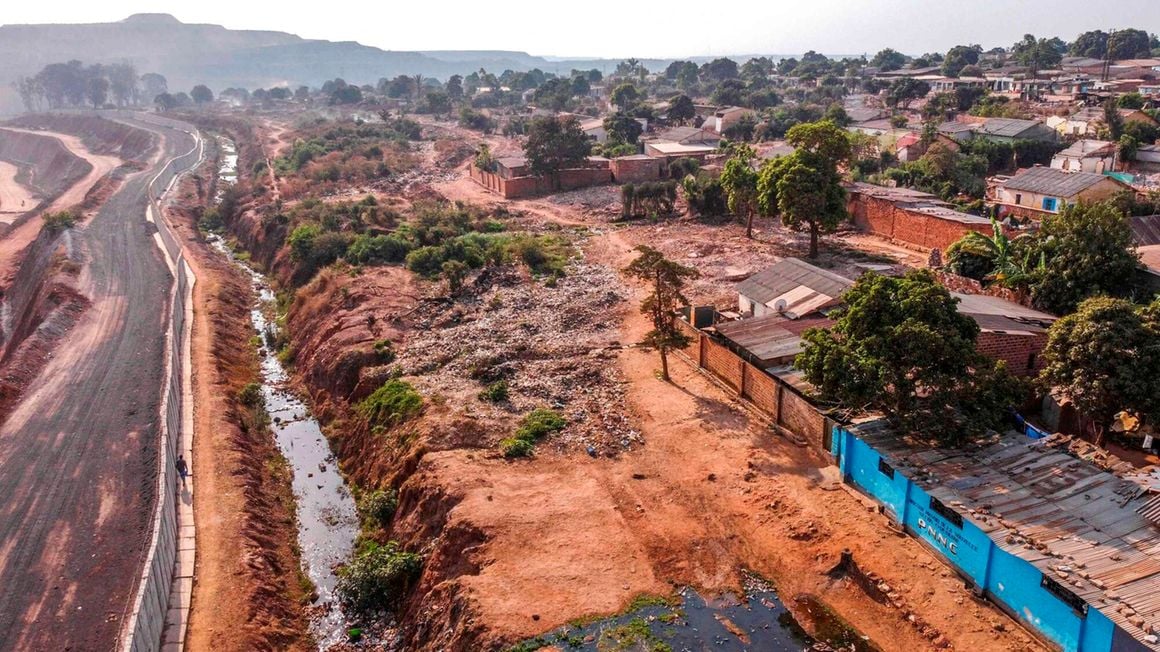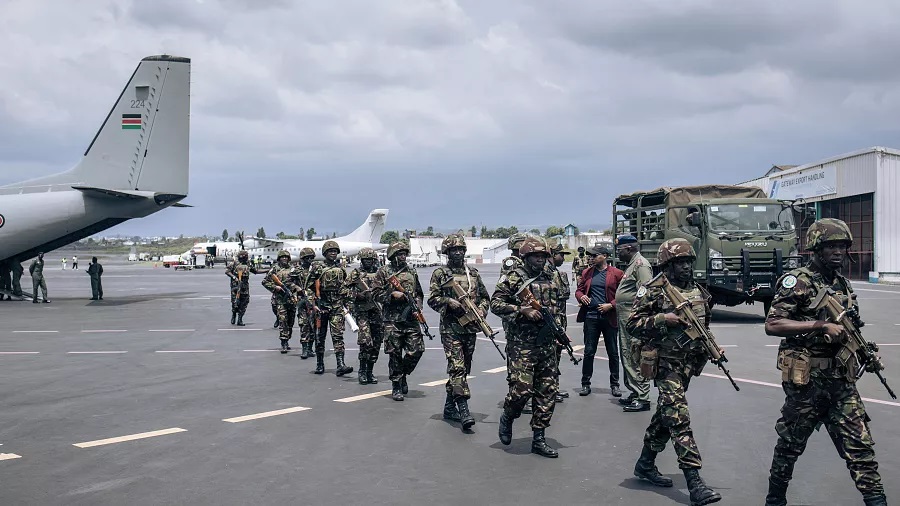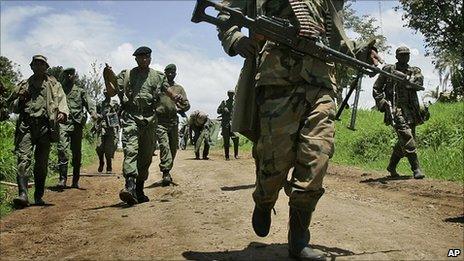Regional
MONUSCO ineffectiveness opens up big questions
Rwanda’s 1994 UN mission no different from MONUSCO
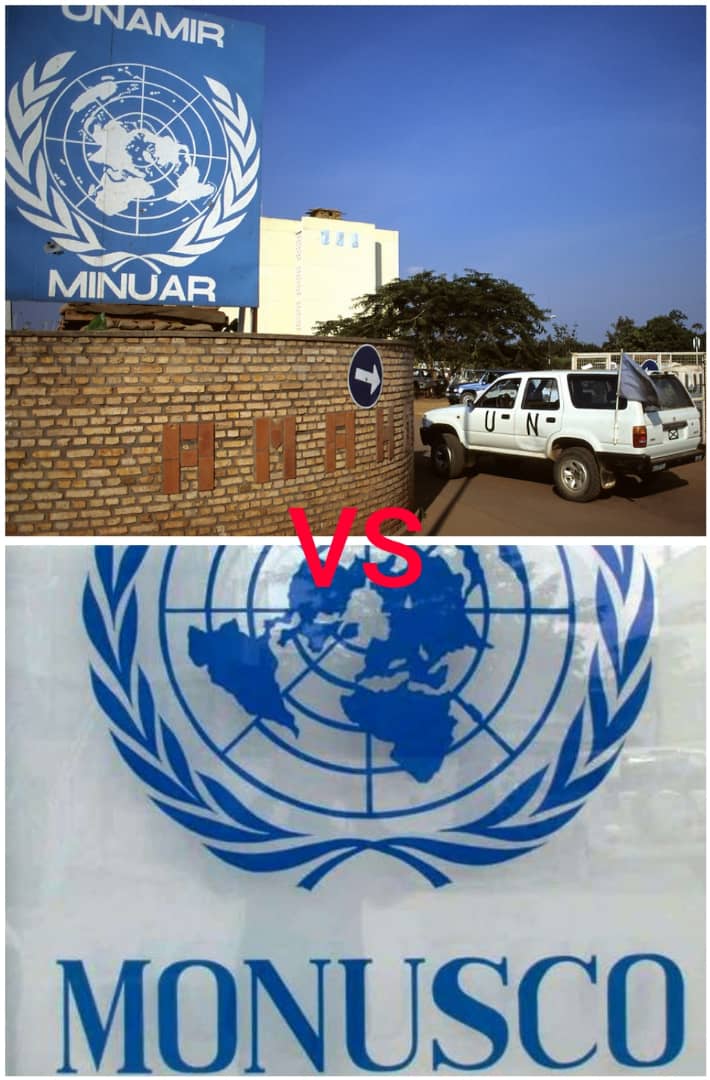
The
eastern region of the DRC has faced security issues for more than three
decades. People there have frequently protested for the UN Organization
Stabilization Mission in the Democratic Republic of Congo (MONUSCO) to leave
because its strategy to maintain peace failed.
In
July, at least 12 civilians and three members of MONUSCO, one of the UN's
largest deployments in the world with 14,000 troops, were killed during days of
anti-UN protests. Demonstrators attacked UN bases in at least four cities in
the provinces of North and South Kivu, saying the troops have failed to protect
them from armed groups. Although peacekeepers have been in DRC for 30 years,
they’ve never contained violence from armed groups in the east.
MONUSCO
was deployed to restore peace in the DRC by protecting civilians, facilitating
safe electoral processes and fighting rebel groups. But it has been in the
country for close to 30 years and the opposite has happened. The number of
armed groups has risen to more than 130, people continue to live in unsafe
conditions and innocent lives are being lost despite the presence of UN
peacekeepers.
Local
communities do not have a good relationship with the mission because it has
failed to protect them. Since it was set up in November 1999, the then MONUC – renamed
MONUSCO in 2010 – has proved extraordinarily inept.
There
have been so many cases where the UN mission simply left people to be killed despite
calls for help. On June 6, 2014, Congolese forces and UN peacekeepers failed to
intervene to stop a nearby attack that killed at least 30 civilians in South
Kivu province. At the time, the Congolese army and UN peacekeepers left
civilians in a locality called Mutarule to be slaughtered even though they got
desperate calls for help when the attack began.
The
sad events in DRC, often bring to mind the massacres of more than one million
Tutsi civilians in neighbouring Rwanda in 1994. These people died despite the
fact that a UN mission was posted there. More than a million people were killed
in Rwanda during the 1994 Genocide against the Tutsi. After almost three
decades, mass killings are witnessed in DRC where another heavily funded UN mission
is present.
Established
on October 5, 1993, the UN mission in Rwanda was intended to assist in the
implementation of the Arusha Accords, signed on August 4, 1993, to help end the
war and genocide. However, the early months of 1994 saw so many weapons
distributed to the Interahamwe militia in preparation for the Genocide.
The
Belgian intelligence service on March 2, 1994, cited an informant from the then
Rwandan government ruling party, MRND. The informant revealed that Juvénal Habyarimana’s
regime had drawn up a plan for the extermination of the Tutsi. According to the
informant, “If things go wrong, the Hutu will massacre them without mercy.”
Today,
in the DRC, history is repeating itself. Numerous calls are being made for the prevention
of ongoing massacres of Congolese Tutsi, but the UN mission is turning a deaf
ear. People are being killed, girls and women raped and burnt in their houses;
their properties are looted while their cows are hacked to death with machetes.
There is a conspiracy of preparation of a genocide against Kinyarwanda-Speaking
Congolese.
Congolese
government officials continue to use hate
speech to incite violence against Kinyarwanda-speaking Congolese, precisely
the Tutsi community. They have outrightly called for the assassination of
Rwandophones. Government officials
openly mobilized people from other ethnic groups to arm themselves with
traditional weapons and target Kinyarwanda-speaking Congolese. The
23-years-long UN Mission is aware of all these developments but chooses to turn
a blind eye.
Worse
still, President Félix Tshisekedi, on November 3, issued a call to arms, urging
the country's youth to organize themselves into “vigilante
groups" to support the army.
Vigilante
groups operate militarily just like Interahamwe did. Their main function is not
military defense but causing panic, distress and murdering innocent civilians who
they allege are ‘enemies’ of the state. The alleged enemy, today, is the M23
rebel movement and its Tutsi community in DRC. Even the non Tutsi elements
within the rebellion will be treated as enemies of the state and targeted by
these government backed vigilantes.
In
Rwanda, Interahamwe massacred hundred thousands of Tutsi countrywide during
1990s. Congolese vigilante groups are going to act the same way after being trained
and armed as the UN mission idly stands by.
On March
10, 1994, the UN mission in Rwanda discovered several quantities of heavy
weapons destined for then Rwandan army (FAR) and reported increased recruitment
of Interahamwe militia and military personnel yet provided no positive response
to seize these weapons. In early 1994, Belgium continued trafficking arms to the
FAR despite a United Nations’ arms embargo on Rwanda.
Arms
were purchased through the Angolan rebel movement of Jonas Savimbi, UNITA, went
through Kamina military camp in DRC, to Goma airport, and finally cross the
border into Rwanda through Gisenyi. The UN mission and Western diplomatic
missions in Rwanda were aware of all these channels but never denounced them.
The
same is now happening in the DRC. The Congolese government has purchased war
drones from Turkey to use in battles against the M23 rebellion despite a UN
arms embargo on the country.
As
per UN Resolution 2293 (2016), what is exempted from the embargo are supplies
of arms and related materials, as well as assistance, advice or training,
intended solely for the support of, or use, by MONUSCO or the African
Union-Regional Task Force.
UN
missions are mandated to halt violence and hence restore peace. But, unable to
stop hate speech, civilian killings and arms trafficking in spite of embargoes,
both the UN mission in Rwanda, in 1994 – when more than one million people were
killed – and the current UN mission in DRC, failed.
The
1994 influx of hundreds of thousands of génocidaires from Rwanda
– the Interahamwe – further ignited the spark for the near constant war
and insecurity that has raged in eastern DRC ever since. Despite denials, this
fledgling flame was nursed by the international community.
The architects
of the 1994 genocide against the Tutsi, and their genocidal machine, Interahamwe militia
and government forces that had been defeated by the forces of the current
Rwandan regime, poured over the border into Zaire, now DRC. A giant
humanitarian aid camp operation gave these génocidaires the space
and opportunity they craved to regroup, rearm and refinance, in preparation to
return to Rwanda and finish the job - genocide - they were not able to finish.
For
nearly three decades, they have failed to return to Rwanda but they continued
their murderous campaign, and genocide ideology, in DRC under the UN mission’s
watch. Whenever the Congolese Tutsi communities cry out for help, the
international community looks the other way. When the latter pick up arms in
self-defense, they are called terrorists that must be fought, at all cost.


